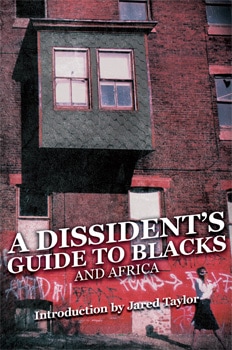Collateral Damage: How Trump Threw Canada’s Refugee System into Turmoil
Anna Mehler Paperny, Reuters, March 19, 2018
Buffered by three oceans and the United States to the south, Canada has for decades had the luxury of being able to pick and choose its newcomers. So few asylum seekers crossed the U.S. border illegally over the years that Canada didn’t consistently track the numbers.
That has changed dramatically over the past 14 months. U.S. President Donald Trump’s crackdown on illegal immigration and his move to strip Haitians, Salvadorans and others of their temporary legal status have had a broad effect on Canada’s refugee system, {snip}/
More than 20,000 people, including thousands of Haitians and Nigerians and hundreds of Turks, Syrians and Eritreans, have crossed the border into Canada illegally over the past year in search of asylum, many fleeing in fear that Trump would deport them to their home countries.
This unexpected northward migration has overwhelmed Canada’s system for processing asylum claims, leading to the worst delays in years. Aid agencies are also struggling to house asylum-seekers because of a shortage of accommodation in the four cities most affected by the migration wave -= — Toronto, Montreal, Winnipeg and Vancouver.
{snip}
The Canadian government was forced to set aside C$173 million in its latest budget to pay for extra patrols at border crossings to cope with the influx, as well as security screening and processing of refugee applications.
{snip}
Aid agencies who are at the forefront of dealing with the influx say they are struggling and need more funding, a comprehensive long-term plan and better coordination with Ottawa.
{snip}
The influx shows no signs of abating. More than 1,500 asylum seekers walked across the border in January. Those working with refugee claimants say this is no blip: It’s the new normal.
{snip}
Trump’s tougher immigration policies have had a major impact on Canada’s Immigration and Refugee Board, which determines refugee claims. It has become so overwhelmed with cases it is ignoring legislated time limits for dealing with them.
{snip}
The government is “committed to an efficient and fair asylum system,” said a spokesman for Immigration, Refugees and Citizenship Canada, the government department responsible for the Immigration and Refugee Board.
Canada’s refugee tribunals have historically been leery of claims made by people who come through its wealthy southern neighbor. But of the more than 2,500 claims finalized last year, 53 percent were granted refugee status.
Rulings reviewed by Reuters indicate the tribunals are giving credence to claimants who say they feared deportation or racist attacks following Trump’s election on a platform advocating more restrictions on immigration.
{snip}
In Toronto, 31 percent of the people sleeping in city-run shelters in January were refugee claimants – up from nearly 19 percent a year ago, according to city data.
In November, Toronto approved the booking of more hotel rooms for refugee claimants through the end of 2018, at a cost of about C$20 million, according to city documents.
{snip}
“We are not saying ‘No’ to refugees. We are saying, ‘Absolutely: Come and live in Toronto. Build your life in Toronto.’ But we cannot do this without the support of other orders of government,” she said.
{snip}
The federal government says it won’t give cities more money for asylum seekers, who are barred from accessing a C$762 million federal fund that is for permanent residents or people who have already been granted refugee status.
{snip}
Canada has no formal system for integrating refugee claimants and depends heavily on aid agencies that operate independently but are funded through a combination of government grants and private donations.
{snip}
The number of patients at the clinic grew 40 percent in a year and people now wait several weeks for an appointment, Rashid said.
{snip}
Two aid groups said they have had to turn people away, one has had to intensify its fundraising, two have had to extend their operating hours to meet demand, while six who help to house new arrivals are struggling to find accommodation for them.
The Manitoba Interfaith Immigration Council in Winnipeg has seen its refugee claimant caseload increase fivefold in the past year, said executive director Rita Chahal.
{snip}
The Canadian government has dispatched lawmakers to diaspora communities in the United States to persuade people not to come. But it has said little about what conversations it has had with Washington on stemming the migration.
{snip}
Meanwhile, the contingency plans being developed to deal with the expected surge in border crossers include redeploying police and border agents to overwhelmed areas and setting up accommodation such as tents and trailers at ports of entry, said a spokesman for the Canada Border Services Agency.
{snip}















